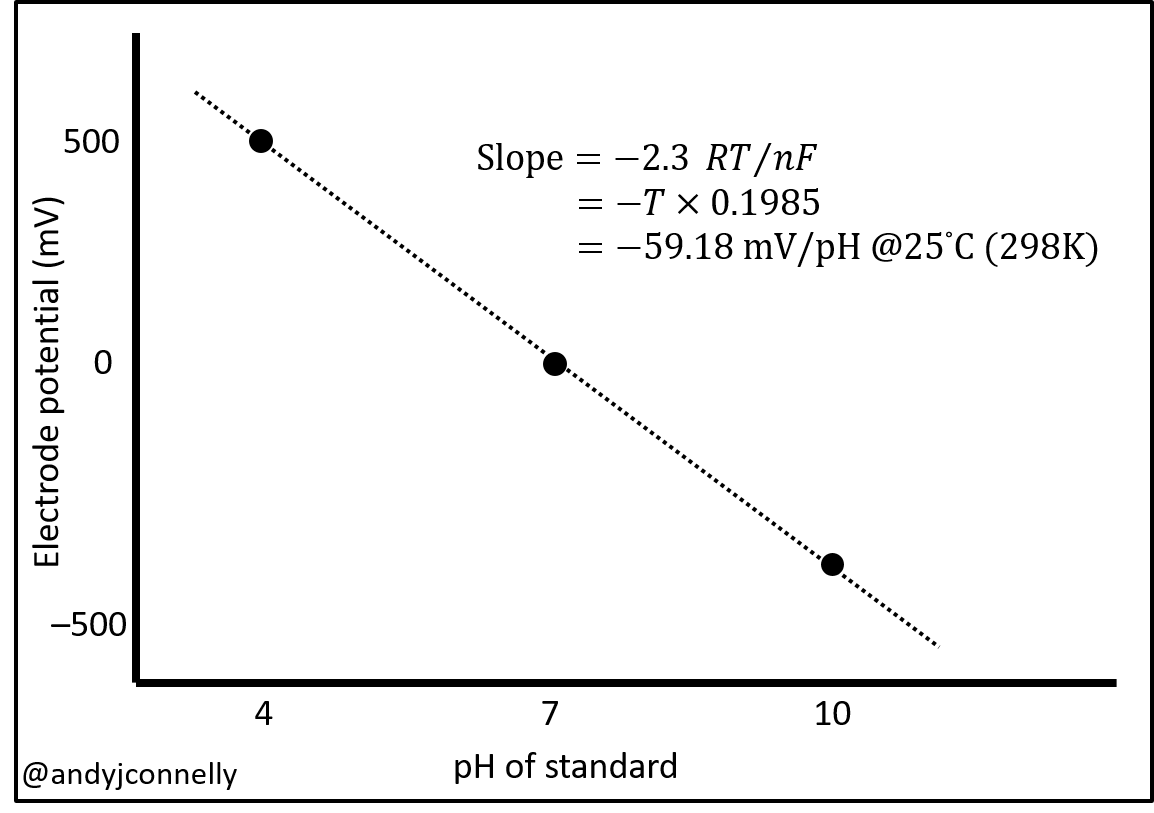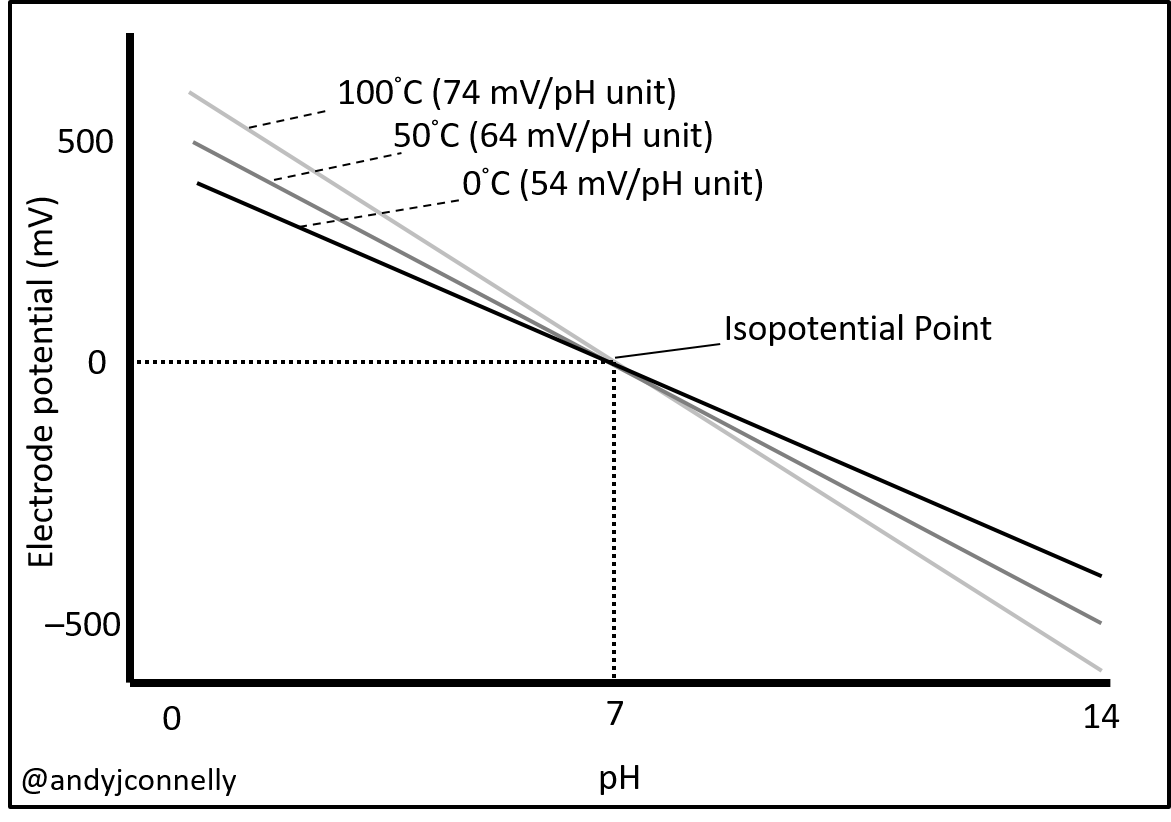Hi everyone.
I had designed schematic using LMP91200 to communicate with PH sensor.
try to change PH value but ADC value i read not change.
i have probe at the pin INP of PH sensor, when i don't plug in PH sensor it is 1.6V and Vout is same Vin, i can't understand why it is 1.6V when i don't plugin PH sensor.
when i plugin Vin PH is 1.73, and Vout is 1.73?
Schematic and layout as bellow.
how i can calculate and measure PH value?





